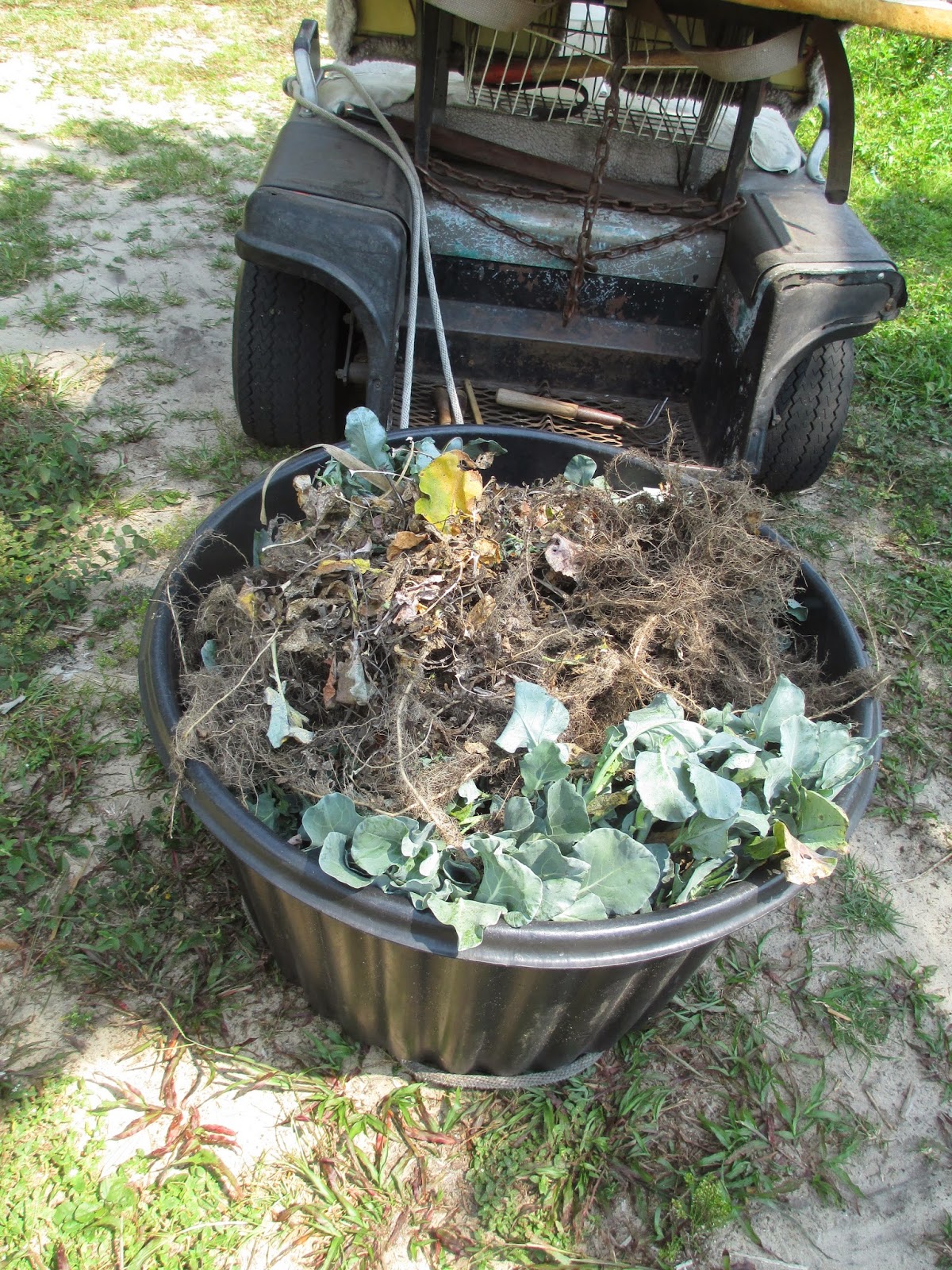From reading some of my favorite northern gardening blogs,
it looks like winter is finally gone!
Whoooppeeee!
With the onset of summer-like temperatures here in Central Florida,
a post about butterfly gardening seemed most appropriate.
Here are a few of the caterpillars and butterflies we currently host
and that you can attract to your garden.
This was our original veggie garden bed.
After expanding it on the other side of the back porch,
we turned this one into a butterfly garden.
The plants have been changed out over time,
but it's remained a haven for those critters that fascinate us so.
it looks like winter is finally gone!
Whoooppeeee!
With the onset of summer-like temperatures here in Central Florida,
a post about butterfly gardening seemed most appropriate.
Here are a few of the caterpillars and butterflies we currently host
and that you can attract to your garden.
This was our original veggie garden bed.
After expanding it on the other side of the back porch,
we turned this one into a butterfly garden.
The plants have been changed out over time,
but it's remained a haven for those critters that fascinate us so.
This is native milkweed that we obtained from our local extension center.
We have several of these scattered throughout the backyard.
It is the only host plant for the monarch butterfly.
It's important to acquire the native for your region,
so that the butterflies have what they need wherever they travel.
We featured more about this lovely addition here.
When this plant is available,
the sweet lil' critters that find it irresistable
will give you hours of entertainment!

And when the time is right,
they will transform themselves right before your eyes!
What a blessing to be able to witness such an amazing event.
Along with host plants,
nectar plants are vital to the health and well-being of butterflies.
In our area,
we plant native salvia, pentas, lantana, butterfly bush, zinnias, and many others
to create an abundance of food sources for these magnificent creatures.
Another host plant is the native passionflower vine.
We profiled this beauty here.
Along with a spectacular display of stunning blooms,
this plant hosts several types of butterflies.
One is the gulf fritillary.
This tiny flyer is a voracious eater in the caterpillar stage.
Our passionflower vine is nearly bare by the time
the last of these cuties has morphed into their new bodies.
If you want to start a butterfly garden,
pick out a few of the natives in your area and see what happens.
If the host plant is there, they will come!
Many times when you purchase your plants,
caterpillar eggs have already been laid.
Look for tiny yellow dots on the leaves.
Another caterpillar that we have hosted for the last couple of years
loves parsley, dill, fennel and rue.
We have a lot of parsley growing just for them.
Shallow bowls with water or
a birdbath with rocks or sticks in it
will allow butterflies to get the moisture they need.
These are black swallowtail caterpillars.
If you decide to pick up some parsley at your local nursery,
oftentimes it will be covered with eggs, as the plants are kept outside
where butterflies can frequent and do their magic.
The cats look similar to the monarch, with slight color variations.
The metamorphosis is an amazing sight to behold.
When the chrysalis gets to this stage,
it'll be a matter of hours before the butterfly emerges.
Most times, that happens between 6 and 10 a.m.
There is ample time to photograph them at this stage,
as they need time to dry their wings
and will hang on the nearest branch for up to an hour.
Diversity is really key here,
as the better assortment of plants one tends,
the larger the collection of wondrous creatures that will call your garden home.
Here's hoping this weekend finds you blessed
with all the marvels of nature.









































































